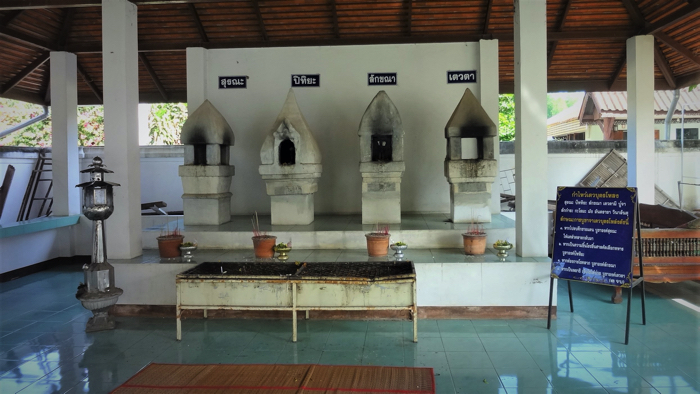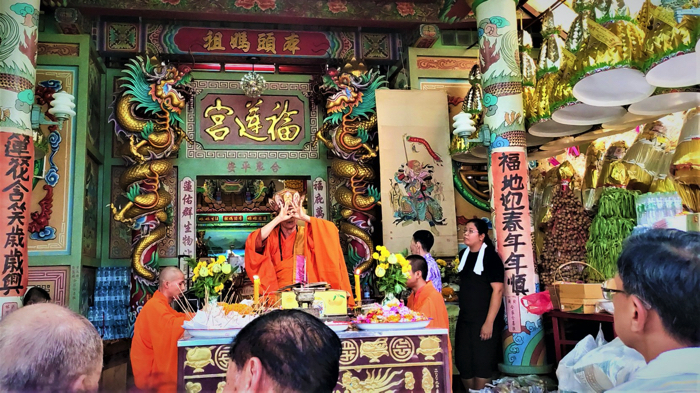- Project Leader : Jie Huang (Aichi University, International Center for Chinese Studies)
- Collaborators : Kataoka tatsuki (Kyoto University, Graduate School of Asian and African Area Studies)
- : Kitazawa Nohiro (Kyoto University, Graduate School of Asian and African Area Studies)
- : Nara Masashi (The National Museum of Ethnology, Department of Cross-Field Research)
- : Tsumura Fumihiko (Meijo University, Faculty of Foreign Studies)
- : Nakanishi Yuji (Japan Women’s University, Department of Humanities and Cultures, Faculty of Integrated Arts and Social Sciences)
- : Kobayashi Satoru (Kyoto University, Center for Southeast Asia Studies)
Outline of Research
This research focuses on the religious syncretism of existing religions, or indigenous beliefs, with foreign religions in the substratum of mainland Southeast Asian societies from the 20th century to the present. Specifically, this research discusses and reconsiders the value of a series of research results from Mori Mikio and Phraya Anuman Rajadhon, who were the first pioneers of Southeast Asian folklore studies. Inspired by a reexamination of their studies, members will develop up-to-date research on the folk beliefs studies in Southeast Asia, observing the dynamics of such beliefs, which do not fit into prevailing religious frameworks. A comparative study of field investigations across mainland Southeast Asian countries will also be conducted.
Description
The purpose of this research is to investigate and explain the dynamics of folk beliefs in Southeast Asia through case studies of the syncretism of indigenous beliefs and foreign religions in Thailand, Vietnam, Myanmar, Cambodia, and southern China, which can be observed as a common phenomenon of a substratum of mainland Southeast Asian societies from the 20th century to the present.
To date, folk beliefs in mainland Southeast Asia have been analyzed based on the concept of religious syncretism and a hierarchal and static schema of functional divisions that situates Buddhism on a higher level. In recent years, some scholars have tried to transcend this static research pattern and have begun to pay more attention to dynamic non-Buddhist factors, such as the worship and sacrifice of the gods of the land, or worship of and sacrifice to the spirit medium in Buddhist societies. However, these studies are confined to discussions around the coexistence or existence of non-Buddhist elements within Buddhism, without making much effort to investigate folk beliefs themselves. This study therefore examines various folk religious phenomena in Southeast Asia to further develop the field of research on regional folk beliefs, which has not made much progress after the 20th century.
Research on folk beliefs in Southeast Asia has been largely neglected by scholars since the works of Mori Mikio and Phraya Anuman Rajadhon. Project members will reinterpret the importance of their works and apply them to our own field investigations. In so doing, this project makes it possible to paint a picture of folk beliefs across Southeast Asia and to better understand new developments that have emerged from the ongoing negotiations among folk beliefs, existing Buddhism, foreign religious beliefs of immigrants, and the political power of states.


